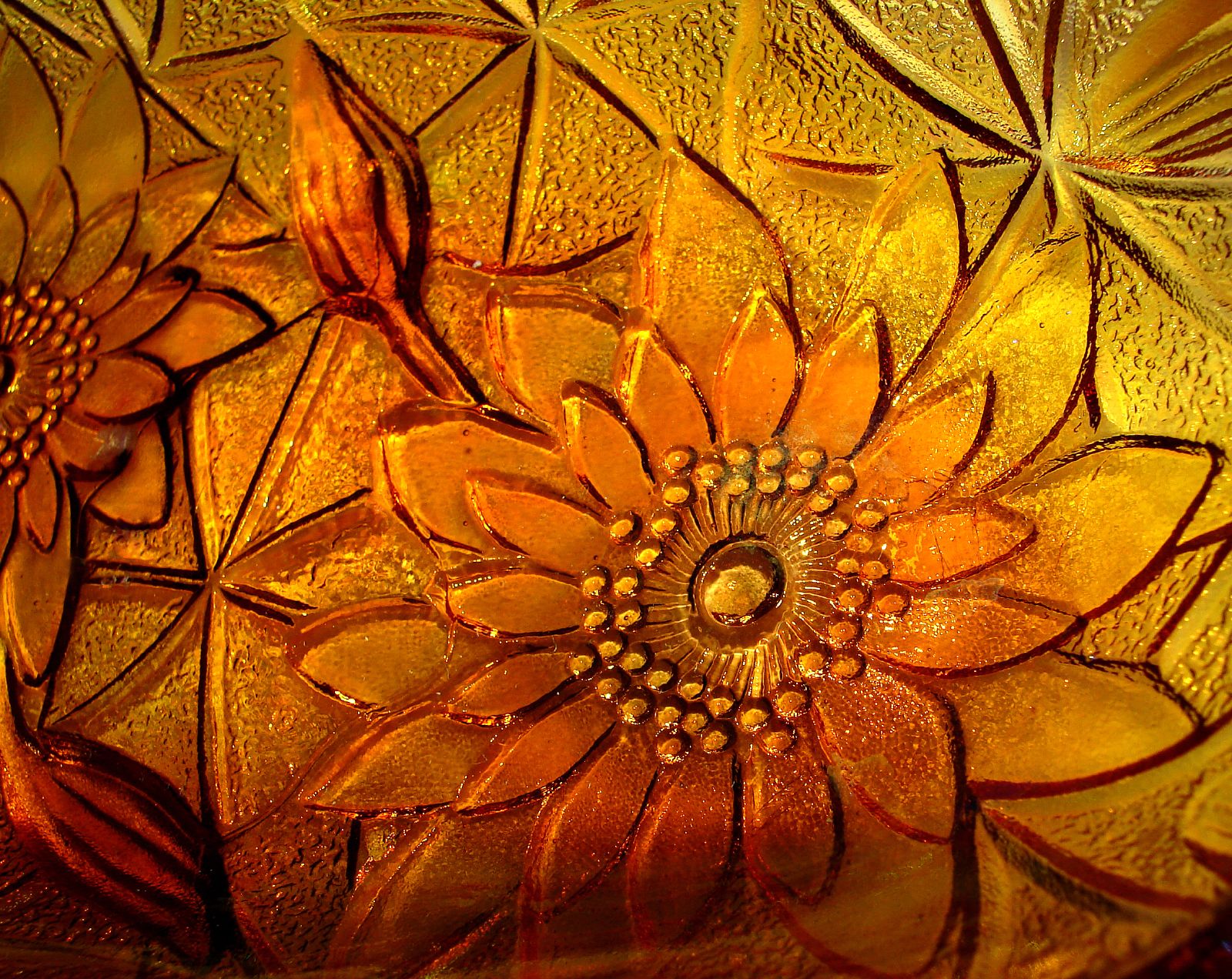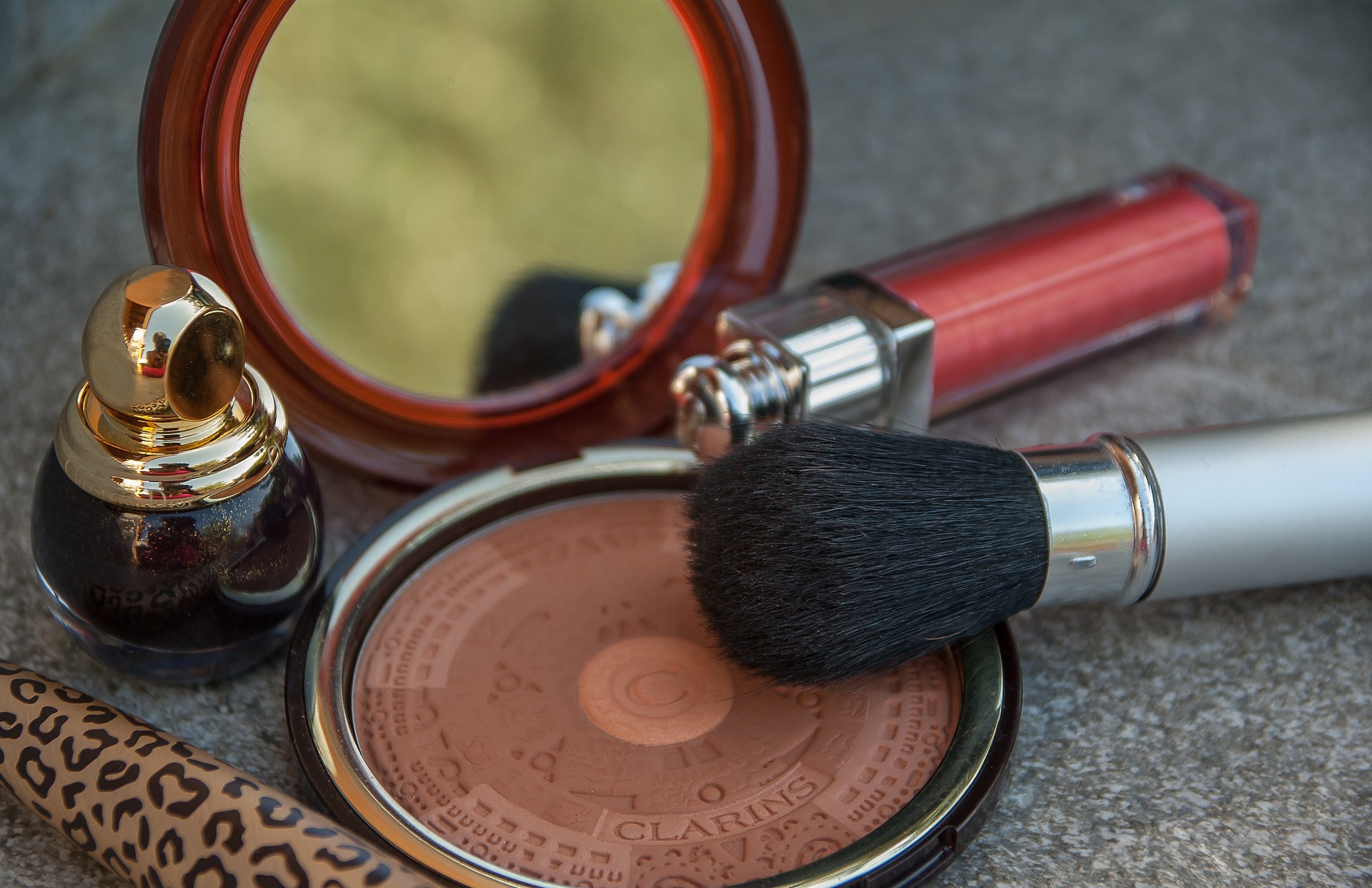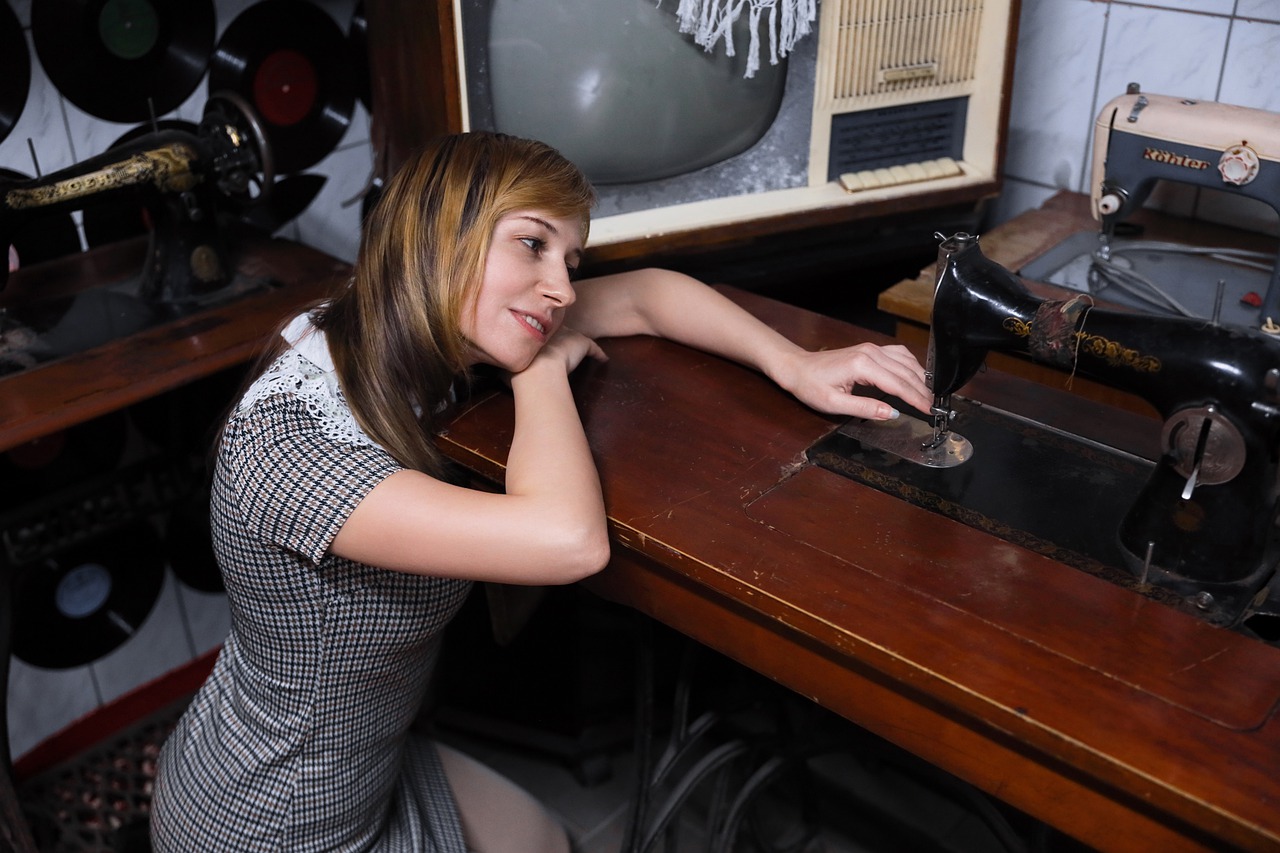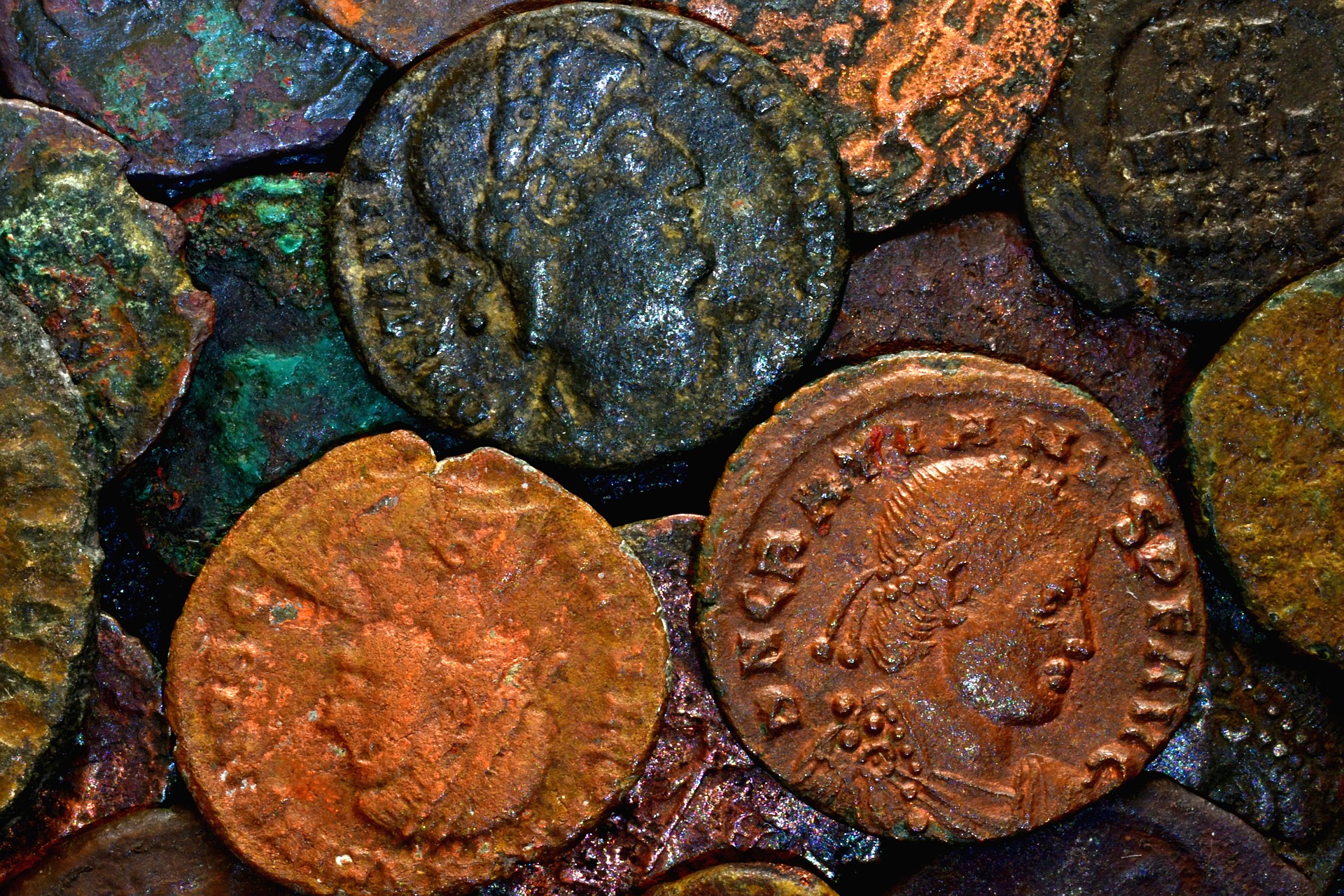Carnival glass is a type of iridescent glass that was first produced in the early 1900s. It was first made by the Fenton Art Glass Company in the United States, but other companies such as Northwood, Dugan, and Imperial also began producing their own versions of carnival glass.
The first carnival glass was made by dipping molten glass into a solution of metal salts while it was still hot. This process created a beautiful iridescent effect on the glass, which was often colored in shades of blue, green, or purple. The resulting glass was given away as prizes at carnivals and fairs, hence its name.
Carnival glass quickly became popular with collectors, and many different patterns were produced. Some of the most popular patterns included the Grape and Cable pattern from Fenton, the Peacock pattern from Northwood, and the Wreathed Cherry pattern from Dugan.
Today, carnival glass is still highly collectible, and some pieces can fetch high prices at resale. The value of carnival glass depends on many factors, including the rarity of the piece, the condition it is in, and the color of the glass. For example, a rare Fenton Grape and Cable bowl in a deep cobalt blue color can sell for thousands of dollars, while a more common piece in a less desirable color may only sell for a few hundred dollars.
Collectors of carnival glass often seek out specific patterns or colors to add to their collections, and some even specialize in collecting pieces from a particular company. In addition to the American manufacturers, carnival glass was also produced by companies in other countries, such as England and Australia.
In conclusion, the history of carnival glass is a fascinating one that spans over a century. From its humble beginnings as a carnival prize to its status as a highly sought-after collectible, carnival glass has captured the hearts of many collectors around the world. Whether you are a seasoned collector or just starting out, carnival glass is a beautiful and timeless addition to any collection.



